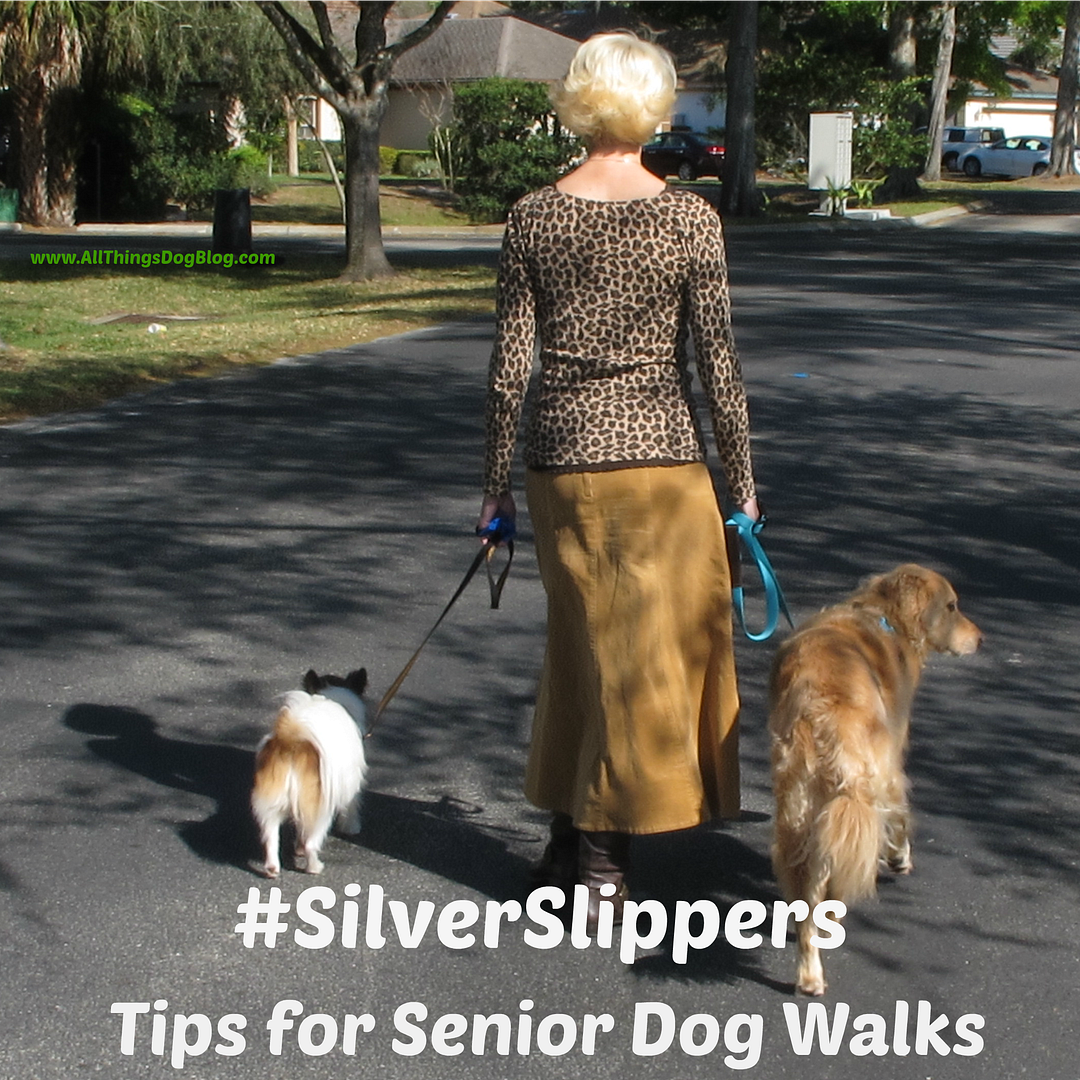 |
| © AllThingsDogBlog.com Start With the Basics, Including Bonding |
At the request of my readers, I have embarked on an interview of Jess, our Doga instructor, to help you get better acquainted with her, her philosophies, and her most importantly, her dog, Nikki B. You can read our first question to Jess and her thoughts at this link. Enjoy this second edition in our short Q & A with Jess:
Carrie: Talk to us
honestly about how to proceed safely if we’re not at all flexible, but
are deemed healthy enough by our doctors to give yoga a try. Are there are few very simple poses that we
should work on and master before moving on? Or is it better to try a larger
range of poses and get more variety in our use of different muscles? Assuming
we work out daily for a short time, how long should we expect to do this before
we begin to see some improvements in our ability to go deeper into the stretch,
while enjoying the process enough to include our dog? That’s important to many
of us, so please help us figure this out. We also want to use this workout to bond with our dogs.
JESS: Thanks for asking about getting your doctor’s approval—very
important. There are very few medical conditions that would contraindicate the
practice of yoga entirely, but there are many conditions which would limit the number
of poses that would be considered safe for your body. Learning what body parts
you need to protect and how to do so is partially your doctor’s job, partially
my job, as an instructor, and partially your job, as a student. After all, you are the one who should be able
to know what feels good and what doesn’t feel good, better than anyone else can.
You should also ask your
veterinarian to assess your dog’s health if you plan to use him or her in poses as an added weight. I have
provided a blog on my yoga website for the sole purpose of helping beginners
understand which poses are beneficial for which purposes, and which poses
should be avoided with certain medical conditions (i.e. back injury, carpal
tunnel syndrome, arthritis, migraines, etc.) In addition to using this resource, always remember
to work within the range of what feels good.
This, of course, requires us to be in tune with our bodies, listening to
what it’s telling us throughout the duration of our practice. If there is even
the slightest bit of pain with the practice of a certain pose, that’s your
body’s way of telling you that it doesn’t like it and you need to either back
off a little, with the use of props and modifications, or you just need to pick
a different pose altogether. Also keep in mind that sometimes, our bodies just
need a little extra time to get comfortable in a pose.
I suggest starting a pose with a modification option first, with the use
of props (like a chair, blanket or pillow, for example), take a few deep
breaths, then try moving a little deeper into the pose and see if it feels
good. Keeping your focus on the rhythm and quality of the breath will help your
mind stay in tune with what your body is telling you, thereby increasing your
body awareness, which will ultimately help us avoid injury during our practice
and in our everyday lives, as well.
All of the poses on my blog are beginner
and intermediate level poses, so the poses presented on my site are a great
place to start for those of us who are completely new to yoga. If there are
poses you want to try that you have never practiced before, and you don’t even
know where to start with them, I have provided links to yoga instructional demonstration videos for each pose presented on my blog, for free viewing on my
YouTube channel at the link. Sometimes seeing a pose in action can be very helpful in your own practice.
As you work through poses that are comfortable for you and make you feel
good about practicing yoga, invite your dog to join you! Offer affection,
praise and an occasional, healthy treat to encourage his or her participation
on the mat. Always praise your dog for joining you on the mat and eventually your pup will consider it to be a safe place to join you, which will,
ultimately, strengthen your bond.
To get you started, following are some modifications from the yoga workout we created. You'll want to be sure to view the instructional yoga videos first. These can be found at this link.
- 8 Things I Have Learned from Practicing Doga
- Doga Easy Seated Pose with Pups--modifications
- Doga Modifications for Wide-Legged Seated Forward Fold
- Doggedly Seeking Yoga Pushups
- Improving Your Cobra Pose with Fido's Help
- Doga Bonding with No Hands
- Fido Helps with Forward Fold
- Doga Fun with Warrior I and II
- Variations on Side Angle Yoga Pose
- Fly with Fido in the Airplane Pose
- Dogs Love the Child's Pose--Let them Join You!
If you're new to Doga or Yoga, please be sure to do these three things: (1) Get your doctor's permission to start a yoga workout, (2) Check with your vet to make sure your dog is able to participate in simple Doga exercises safely, and (3) visit our introductory post where I've outlined a few tips that will help your experience go more smoothly and enjoyable. Keep in mind that you can always stop if a pose is uncomfortable, returning to a relaxing pose.





































0 comments:
Post a Comment